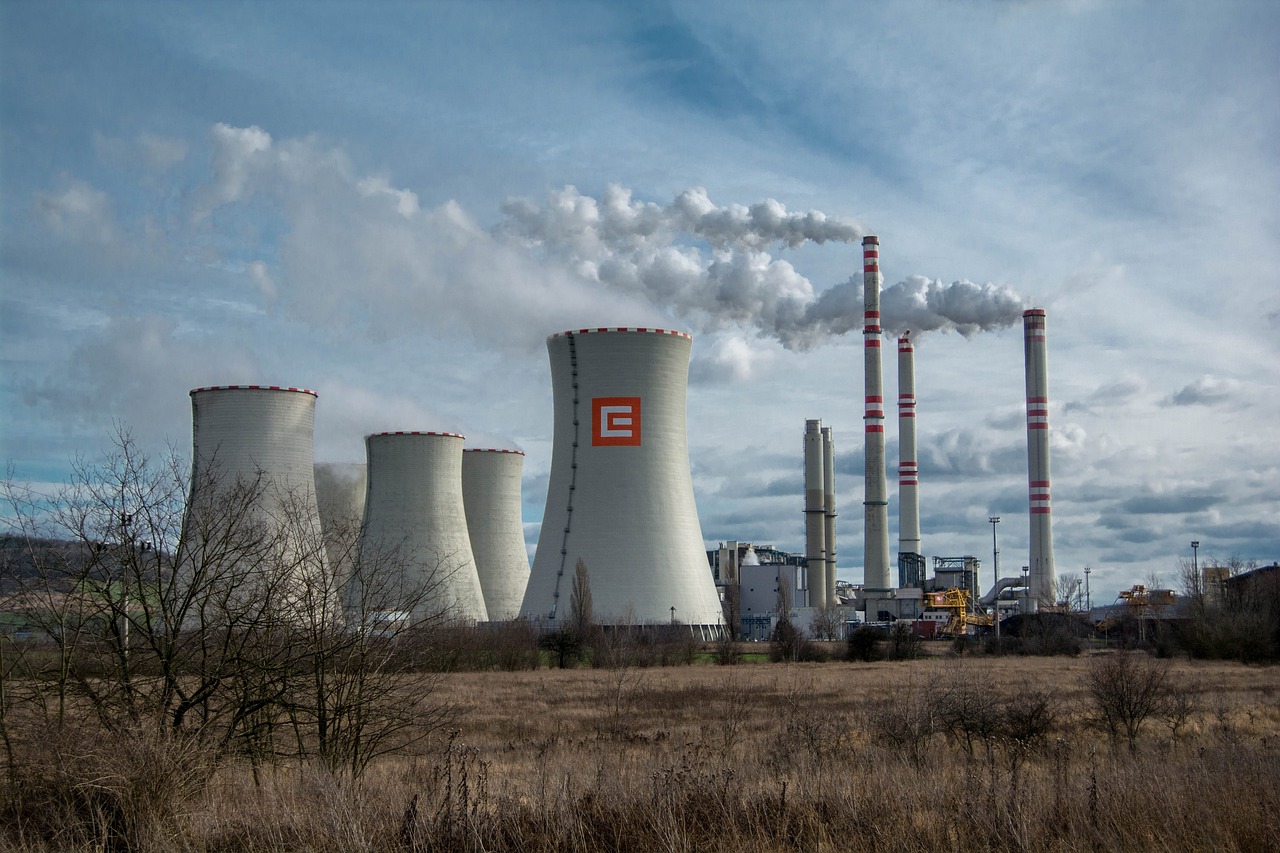Courses

Course Description:
The objective of this course is to serve the interested candidate with a massive array of perspectives on issues related to air pollution: both indoor and ambient. We strive hard to present the issues of air pollution as a potpourri of ecological, human, scientific, economic, social, legal, political, and medical disciplines.
The ultimate aim of this course is to serve contenders with a solid basis for developing a common approach that is focused on problem-solving and appreciation of the major subject branches and disciplines of air pollution that will be the mode of teaching in this training course.
It creates a better understanding and awareness of the nature and parameters of ambient air quality and Indian air emission standards. Field trips to public services and plants will also be organized for students for developing real-life insights that lead to the enrichment of horizons and insights.
Course objectives:
There are three components of the objective of this course i.e., pathways (air pollutants transport & transformation), air pollution, and receptors.
Students would accomplish insight into the dispersion of air pollution in the atmosphere.
This life cycle of air pollution will make candidates eligible for first analyzing the pollutants and their sources and then the transport mechanisms of the pollutants will be followed by the affected population and their control mechanisms.
Topics:
A. Air pollution: definition, classification, sources:
Introduction to air pollution, sources & classification of air pollutants, types of air pollutants, and effects of air pollution (the impacts of air pollution on human health, ecosystem, and materials)
B. Air pollution monitoring, regulations, and standards:
Effective air quality monitoring techniques, Selection of locations for monitoring, Air pollution norms, rules, indices, standards, and regulations, and air quality management plan
C. Air pollution meteorology:
Structure and composition of the atmosphere, humidity, condensation, atmospheric energy balance, Wind rose diagram, potential temperature, lapse rate & atmospheric stability
D. Dynamics of pollutant dispersion & disposal:
Basic understanding and awareness of the physical and chemical processes that do the transport and transformation of pollutants in the atmosphere, dispersion of Gaussian plume models and air pollutants, and the mechanism that leads to the formation and emissions of air pollutants.
E. Air pollution control and removal:
Engineering control concepts, selection of control equipment, methods for monitoring and control, fuel change, process change, disposal of pollutants & removal of pollutants, removal of dry particulate matter, control devices & systems, gaseous pollutants & odor removal, mist, and liquid droplets removal, control of mobile and stationary sources.
F. Indoor air pollution:
Introduction to indoor air pollution, sources & classification of indoor air pollutants & their effects, and types of pollutants.
G. Demonstration
of Air quality modeling by making use of AERMOD software (case study)
Learning outcomes:
● After completion of this diploma course, the candidates shall have accomplished ample knowledge and understanding for evaluating air quality management and for analyzing the causes and effects of air pollution.
● Contenders would be eligible for understanding the type and nature of air pollutants, the behavior of relevant meteorological determinants, and plumes that instigates the dispersion of air pollutants.
● The basic understanding of line & area sources, methods that are available for controlling points, and first-hand experience of making use of majorly used air quality models, for instance, AERMOD
DURATION- 6 Month & 1 YEAR



